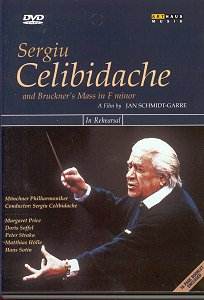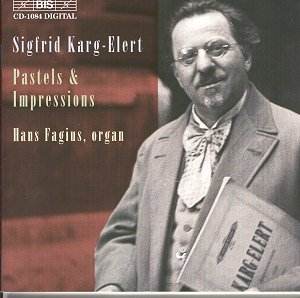 Composer: Leonard Bernstein
Composer: Leonard Bernstein
Works: Jeremiah (Symphony No. 1), The Age of Anxiety (Symphony No. 2), Divertimento
Performers: Michelle DeYoung (mezzo-soprano), James Tocco (piano), BBC Symphony Orchestra
Recording: Colosseum, Watford, October 2000
Label: Chandos
Leonard Bernstein, a towering figure in American music, often oscillated between the roles of composer, conductor, and educator, leaving an indelible mark on the symphonic landscape of the 20th century. His works, including the Symphony No. 1 “Jeremiah” and Symphony No. 2 “The Age of Anxiety,” reflect not only his eclectic compositional style but also his deep engagement with American cultural themes. This recording under the baton of Leonard Slatkin presents an inviting opportunity to reassess Bernstein’s orchestral output, particularly in the context of his symphonic endeavors, which, while not achieving the widespread reverence of other American symphonies, offer a rich tapestry of musical expression.
The performance of “Jeremiah” is marked by Slatkin’s sensitive direction, which captures the work’s poignant contrasts and deep emotional resonances. Bernstein’s first symphony, composed in 1942, is rooted in the text of the Lamentations of Jeremiah, and the orchestration reveals a neo-Stravinskian influence, albeit filtered through Bernstein’s unique voice. Michelle DeYoung’s mezzo-soprano, while darker than previous interpreters like Nan Merriman, brings a compelling intensity to the Lamentations. Her expressiveness in the lento final movement is particularly noteworthy; while some might favor Merriman’s lighter timbre, DeYoung’s interpretative depth and commitment engage the listener profoundly. Slatkin’s careful pacing allows the orchestral textures to breathe, ensuring that the dramatic arcs of the music unfold with clarity.
“The Age of Anxiety,” derived from W.H. Auden’s poem, presents a distinct challenge with its blend of narrative and abstract musical language. Here, Slatkin opts for a reading that embraces its programmatic complexity without succumbing to overt narrative interpretation, a choice that allows the music to resonate on both personal and universal levels. James Tocco’s piano performance is a highlight; his technical prowess and insightful phrasing illuminate the piano’s role as both a soloist and an integral voice within the orchestral fabric. The orchestration here showcases Bernstein’s flair for color, and Slatkin expertly brings out the layered climaxes, particularly in the transition from “The dirge” to “The epilogue,” where the orchestral forces coalesce with a dramatic weight that feels both substantial and poignant.
The recording quality is commendable, capturing the vibrant orchestral colors that Bernstein so deftly orchestrated. Chandos’s engineering allows for a clear delineation of instrumental voices, ensuring that the rhythmic vitality of the Divertimento—an engaging collection of short, vibrant pieces—comes through with exuberance. Slatkin’s deft handling of rhythms makes the “Turkey Trot” a delightful romp, and the “Blues” offers a sultry, low-down groove that showcases the percussion and brass with infectious energy, making it a highlight of the disc.
This recording serves as a significant addition to the Bernstein discography, particularly for listeners seeking to explore the depth of his symphonic contributions. While Bernstein’s symphonies may not hold the same stature as those of his contemporaries, Slatkin and his collaborators present these works with such conviction and skill that they cannot be dismissed. The interpretative choices provide fresh insights into Bernstein’s complex musical language, making this disc not only a worthy alternative to the composer’s own recordings but also an engaging experience that invites repeated listening.



